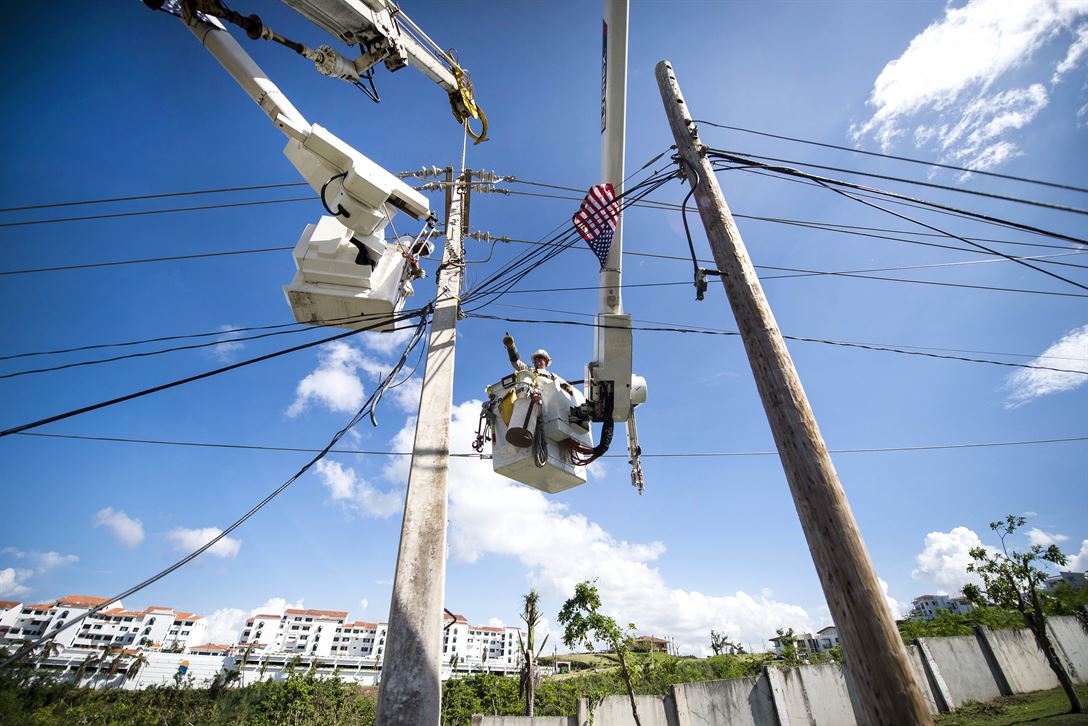Why You Can’t Use Your Solar Panels During a Blackout After a Hurricane

In the aftermath of the recent hurricane in the southern United States and the Caribbean, I’ve seen some heavy discussion surrounding the state of affairs of residential solar in Florida, and how the state’s residents are being affected by the current laws and regulations concerning solar in the area.
A recent article criticized Florida Power & Light (FPL), the major electric utility in the state, for not allowing owners of solar systems to activate their solar in the aftermath of Hurricane Irma when a majority of the grid was down. I noticed the article getting a lot of attention, and I also noticed a lot of misinformation surrounding discussion of the article and within the article itself.
FPL have historically been hostile toward solar. Just do a quick online search and you’ll find lots of news about their anti-solar lobbying, and even influencing the passing of laws requiring homeowners to connect to the grid, whether they plan on using it or not (basically killing off-grid solar). However, we can’t blame FPL in the recent post-hurricane situation. Requiring inverters to become non-operable in the event of a grid outage is not something FPL mandates; it comes from something called UL 1741. The Anti-islanding requirement was created so that when the grid goes down, solar inverters would not be pushing power onto what is supposed to be a de-energized grid, creating safety hazards for anyone working on the grid infrastructure. So even if FPL was totally okay with people running their inverters during a power outage, they wouldn’t be able to, because the inverter should have been designed with UL 1741 in mind, and simply would refuse to turn on without a grid connection.
So FPL are not the bad guys in the aforementioned situation, and homeowners shouldn’t be attacking them for enforcing a UL requirement and keeping their workers safe. This is (and should be) every electric utility company’s approach to this issue.
Most importantly, what we should be looking at are solutions to the problem of residents not being able to access their solar energy when they need it the most. How does someone keep their solar system operating even when the grid goes down? Why, batteries, of course! And even if FPL wants every single homeowner to connect to their grid, there are more and more systems out there (Tesla Powerwall, Sonnenbatterie, SMA Sunny Island, to name a few) that permit grid-connected solar and batteries with the option to operate off-grid in the event of a power outage.
With the way the market is trending, I can guarantee we’ll start seeing a push for these solar and battery grid-tied systems in Florida before too long. Of course, expect to see a push-back from FPL on the issue as well.
Richard Dobbins, P.E., is SepiSolar’s Chief Electrical Engineer
***
Ready to register on SepiSolar’s Customer-Centric Online Portal? You can quickly request free quotes, view your project status, communicate with your team and more! Click here for a quick tutorial that shows you exactly what to do.


